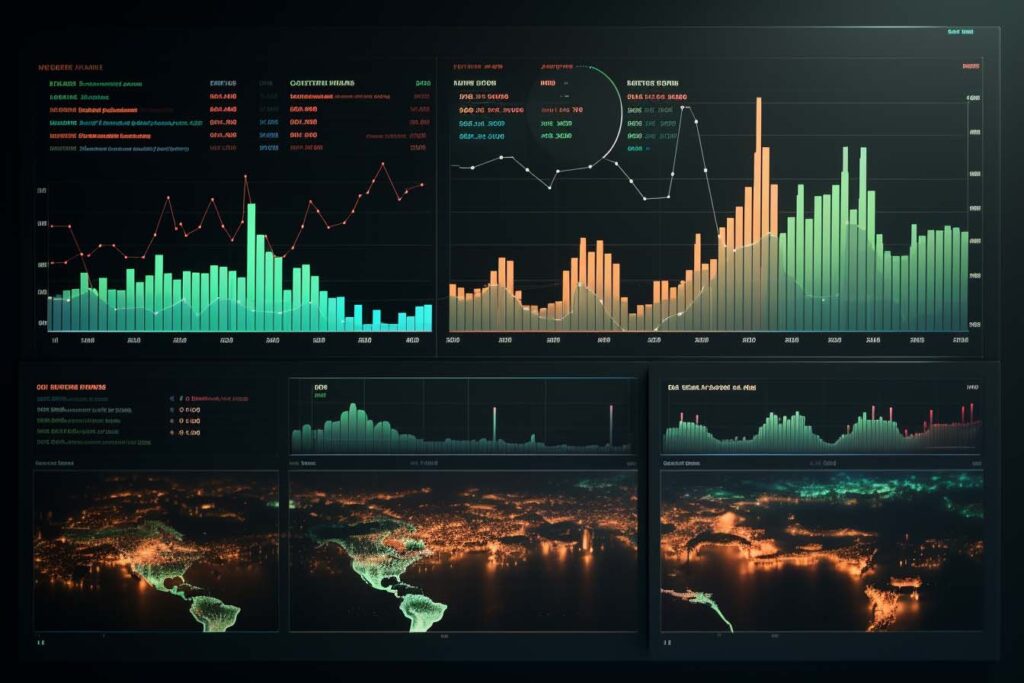Evolving Cybersecurity Needs in Fintech
The digital age has revolutionized the way we manage and protect our assets. With the rapid growth of financial technology (fintech), the importance of robust cybersecurity measures cannot be overstated. In this article, we will explore the evolving cybersecurity needs in the fintech sector and discuss strategies to protect assets in the digital age.
The Growing Threat Landscape
The interconnectedness of financial systems and the digitization of financial transactions have opened up new avenues for cybercriminals. As financial institutions and fintech companies adopt innovative technologies, they also become targets for sophisticated cyberattacks. From data breaches to ransomware attacks, the threat landscape is constantly evolving, requiring adaptive cybersecurity strategies.
Integration of Artificial Intelligence
As fintech continues to evolve, the integration of artificial intelligence (AI) is becoming increasingly prevalent. AI-powered applications provide significant advantages, such as fraud detection, risk assessment, and customer authentication. However, AI also presents new cybersecurity challenges. Malicious actors can exploit vulnerabilities in AI algorithms to manipulate systems or gain unauthorized access. Ensuring robust cybersecurity measures to protect AI-powered fintech solutions is critical.
User Education and Awareness
While technological advancements play a crucial role in enhancing cybersecurity, user education and awareness cannot be overlooked. Human error remains one of the leading causes of security breaches. Phishing attacks, social engineering, and weak passwords are common entry points for cybercriminals. Fintech companies must prioritize educating users about cybersecurity best practices and implementing multi-factor authentication to enhance security.
Regulatory Compliance and Data Protection
With the increasing reliance on digital infrastructure, regulatory compliance and data protection have become paramount in the fintech industry. Financial institutions and fintech companies are subject to strict regulations and face significant penalties for non-compliance. Implementing robust cybersecurity measures, such as encryption, access controls, and regular vulnerability assessments, helps mitigate the risks associated with data breaches and non-compliance.
Collaboration and Information Sharing
In the face of evolving cyber threats, collaboration and information sharing within the fintech industry are crucial. Cybersecurity knowledge and expertise should be shared amongst financial institutions, fintech companies, and regulatory bodies to collectively strengthen defenses against cyberattacks. By fostering a collaborative environment, the industry can stay one step ahead of cybercriminals and proactively address emerging cybersecurity challenges.
The Role of Continuous Monitoring
Continuous monitoring plays a vital role in detecting and responding to cybersecurity threats in real-time. Proactive monitoring and incident response protocols enable swift action when potential breaches are identified. Implementing advanced threat detection systems, network monitoring tools, and robust intrusion detection systems are essential components of an effective cybersecurity strategy in the fintech sector.
Conclusion
Protecting assets in the digital age requires an adaptive approach to cybersecurity. The evolving threat landscape in the fintech sector demands continuous improvements in security measures, user education, regulatory compliance, collaboration, and monitoring. By staying vigilant and prioritizing cybersecurity, financial institutions and fintech companies can safeguard assets and maintain the trust of their customers in an increasingly interconnected world.







